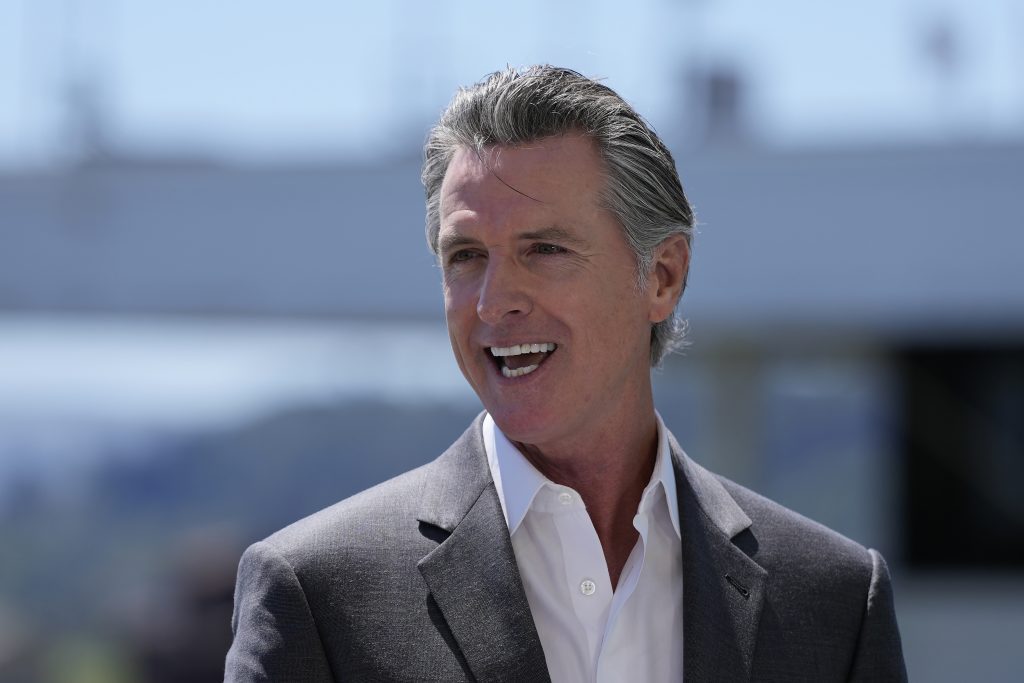California officials marked a significant achievement in their goal to reach a completely clean grid by 2045: the setup of over 10,000 megawatts of battery storage.
“Battery storage is fundamental,” Gov. Gavin Newsom (D) stated during a press briefing close to a battery storage and solar facility in the rural Yolo County in the western Sacramento Valley.
“In fact, the excess electricity has been sent to other states and also stored in more battery storage,” the governor added.
At 10,379 megawatts of overall battery storage, the state has raised battery capacity by 1,250 percent — up from 770 megawatts — from 2019, according to Newsom’s office.
Meanwhile, last week, the release of energy from battery storage to the grid exceeded 6,000 megawatts for the first time ever, according to his office. At that point, batteries were the primary source of power to the grid.
When a reporter inquired whether this achievement could mean the end of California’s blackouts, Newsom quickly referenced Texas, describing the state's blackout issues as “severe” due to the unpredictable nature of oil and gas and extreme weather.
“This is our biggest energy source in California — significantly larger than the last remaining nuclear plant in the state,” Newsom stated.
“So no, this is not an announcement that blackouts are a thing of the past, but we aim to do everything we can to minimize that,” the governor added, labeling every September as a “point of anxiety.”
“But storage saved us last year,” he added. “It will be a substantial part of the solution going forward.”









